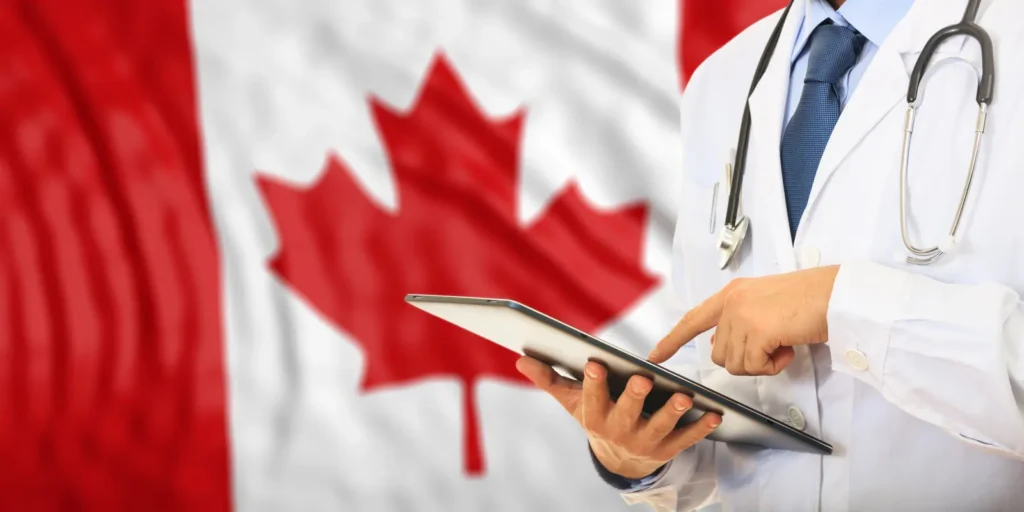Introduction:
The Canadian healthcare system, known for its universal coverage, ensures that all residents have access to necessary medical services. However, navigating this system can be complex for newcomers. Here, we provide a concise overview to help you understand how it works and what you need to know as an immigrant.
Universal Healthcare Coverage:
Canada’s healthcare system is publicly funded, meaning that most medical services are covered by provincial or territorial health insurance plans. Upon obtaining your permanent residency or work permit, you can apply for a health card in your province or territory, which grants you access to these services.
Key Features:
- Primary Care:
- Family Doctors: The first point of contact for most healthcare needs. They provide routine check-ups, preventive care, and referrals to specialists.
- Walk-In Clinics: Available for non-emergency situations when you cannot see your family doctor.
- Specialist Care:
- Access to specialists usually requires a referral from a family doctor. Specialists handle specific medical conditions and provide advanced treatments.
- Hospitals:
- Hospitals provide emergency care, surgeries, and specialized treatments. Emergency services are accessible to everyone, but it’s important to have your health card with you.
- Prescription Medications:
- While doctor visits and hospital stays are covered, prescription medications are generally not included in public health plans. Many residents have supplementary private insurance to cover these costs.
- Mental Health Services:
- Mental health care is available through family doctors, specialized clinics, and private therapists. Some services may require out-of-pocket payment or private insurance.
Applying for Health Insurance:
- Eligibility:
- Most provinces and territories have a waiting period (usually up to three months) before new residents are eligible for public health insurance. It’s advisable to get private insurance to cover this period.
- How to Apply:
- Visit your provincial or territorial health ministry’s website to find application forms and instructions. You will need identification documents and proof of residency status.
Accessing Healthcare Services:
- Finding a Family Doctor:
- Use provincial healthcare directories or ask for recommendations from community organizations to find a family doctor accepting new patients.
- In Case of Emergency:
- For life-threatening conditions, call 911 or visit the nearest hospital emergency room.
- Telehealth Services:
- Many provinces offer telehealth services, allowing you to consult with healthcare professionals over the phone or online.
Additional Resources:
- Public Health Programs:
- Various public health programs offer vaccinations, health education, and chronic disease management.
- Community Health Centers:
- These centers provide comprehensive services, including dental care, mental health services, and support for marginalized populations.
Conclusion:
Understanding the Canadian healthcare system is crucial for ensuring you and your family can access the necessary medical care. By familiarizing yourself with how the system works, applying for your health insurance promptly, and knowing where to go for different types of healthcare needs, you can navigate the system effectively and make the most of the services available to you in Canada.



